Bee
Introduction
Bees are a group of insects that belong to the order Hymenoptera, which also includes ants, wasps, and sawflies. They are known for their role in pollination and for producing honey and beeswax. Bees are a monophyletic lineage within the superfamily Apoidea and are presently considered a clade, called Anthophila[1].
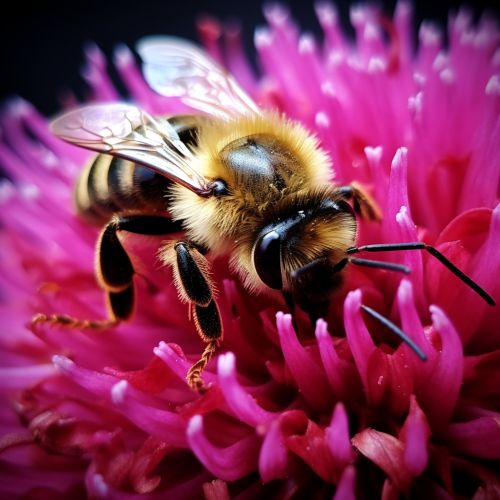
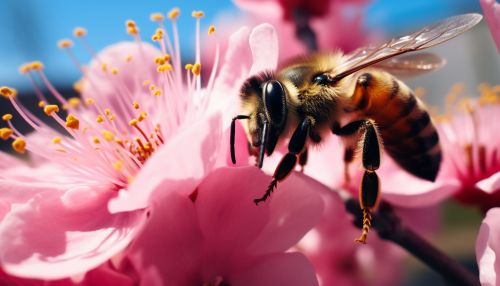
Biology and Behavior
Bees are eusocial insects that live in colonies. Each colony has a single queen, many workers, and, at certain times of the year, drones. The queen is the only bee in the hive that lays eggs. She communicates with her hive with pheromones, including one that prevents the workers from laying eggs[2].
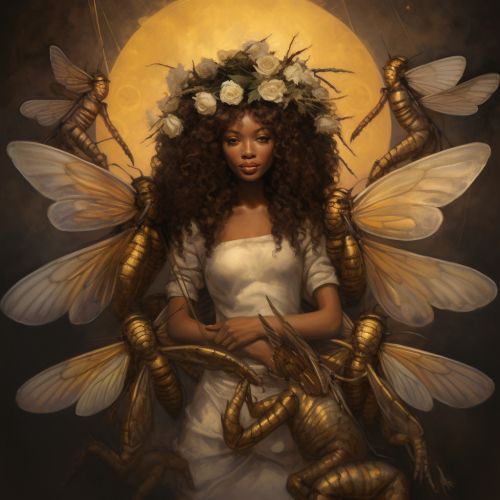
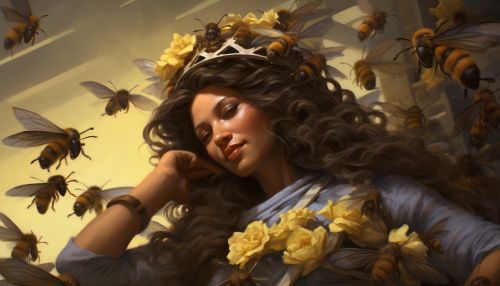
Anatomy
The bee's body is divided into three sections: the head, the thorax, and the abdomen. The bee's compound eyes, antennae, and mouthparts are located on the head. The thorax houses the three pairs of legs and the two pairs of wings. The abdomen contains the digestive and reproductive organs[3].
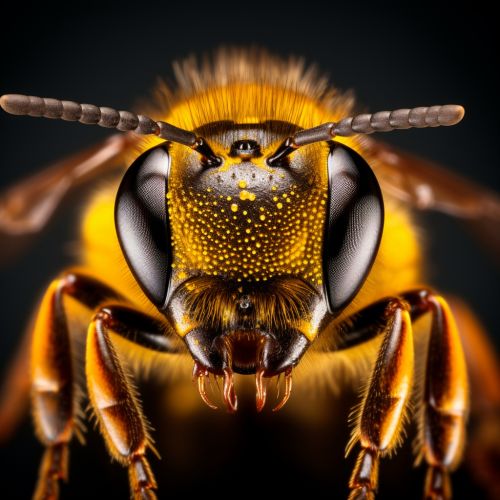

Pollination
Bees are vital pollinators. They transfer pollen from the male parts of a flower to the female parts, allowing plants to grow seeds and fruit. Bees pollinate a large variety of plants, including many of the crops that humans use for food[4].
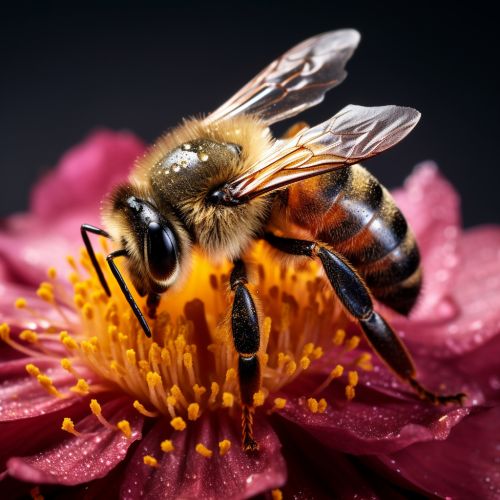
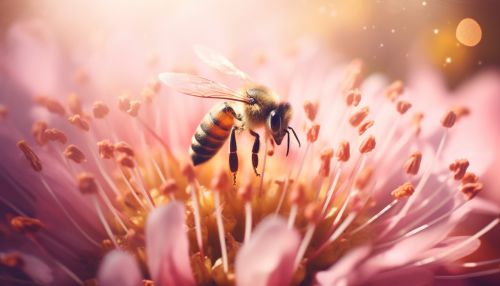
Threats and Conservation
Bees face many threats, including habitat loss, disease, climate change, and exposure to pesticides. These threats have led to declines in both wild and domesticated bee populations. Conservation efforts are focused on preserving habitats, reducing pesticide use, and planting bee-friendly plants[5].

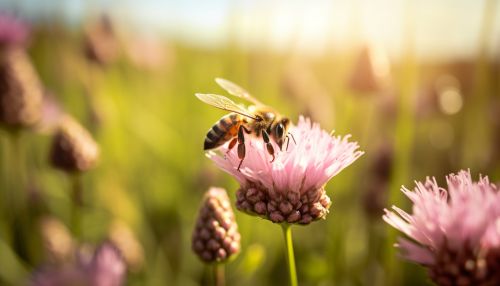
See Also
References
- ↑ Michener, C.D. (2000). The Bees of the World. Johns Hopkins University Press.
- ↑ Winston, M.L. (1987). The Biology of the Honey Bee. Harvard University Press.
- ↑ Snodgrass, R.E. (1956). Anatomy of the Honey Bee. Comstock Publishing.
- ↑ Klein, A.M., et al. (2007). Importance of pollinators in changing landscapes for world crops. Proceedings of the Royal Society B: Biological Sciences.
- ↑ Potts, S.G., et al. (2010). Global pollinator declines: trends, impacts and drivers. Trends in Ecology & Evolution.
